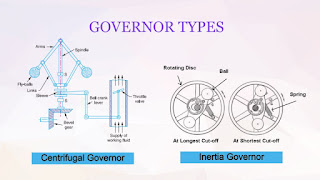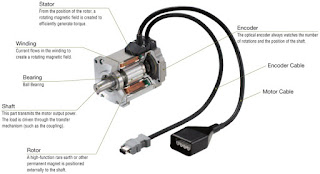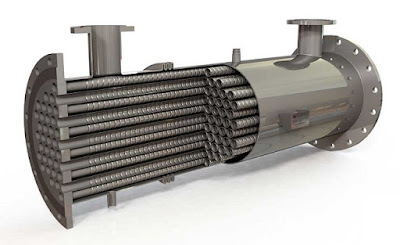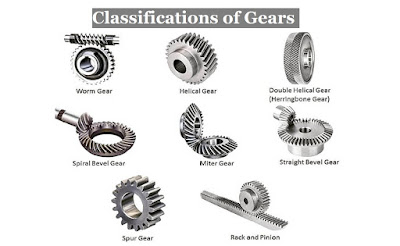The Curie temperature is the temperature above which ferromagnetic materials lose their permanent magnetic field; the magnetism completely disappears.
Above this temperature the material behaves paramagnetically. As the temperature rises, the molecular excitement gradually disrupts the spin alignment. When the Curie temperature is reached the alignment collapses because the thermal energy has exceeded the energy of the magnetic interaction.
 | ||
| Curie temperature is named after Pierre Curie (1859-1906). |
It is difficult to measure the Curie temperature exactly. For one thing, the permanent magnetic field around the material only partly disappears. Secondly, the Curie temperature varies greatly based on even small quantities of contaminants in the material.
For example, if an AlNiCo magnet is heated above its Curie temperature of 850 °C, it will no longer be ferromagnetic. It then becomes paramagnetic. Once the magnet has cooled off again, the permanent magnetic field does not return. There will, however, be new magnetic fields present in small areas within the material, the so-called Weiss areas (Weiss 1865-1904), but these fields are aligned in random directions so their vector sum does not result in an external magnetic field. Nevertheless, it is possible to remagnetize the magnet.
The ferromagnetic elements and alloys with their Curie temperatures:
Material
|
Curie temp.
| |
Fe
|
770°C
| |
Co
|
1115°C
| |
Ni
|
354°C
| |
Gd
|
19°C
| |
AlNiCo
|
850°C
| |
Ferrite
|
450°C
| |
Sm Cobalt
|
750-825°C
| |
Nd-Fe-B
|
310-340°C
|

















Comments
Post a Comment